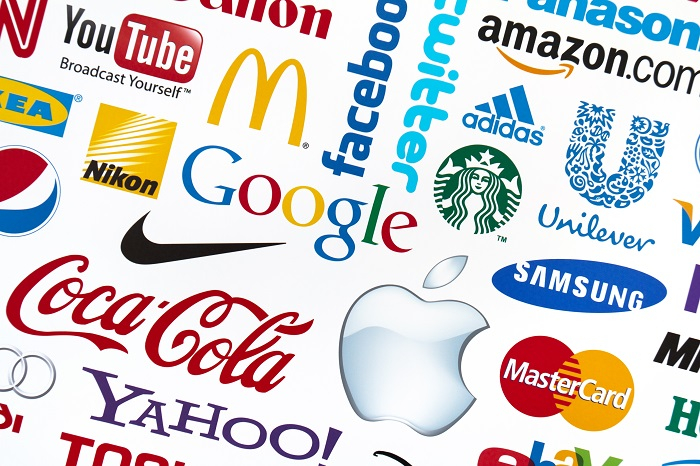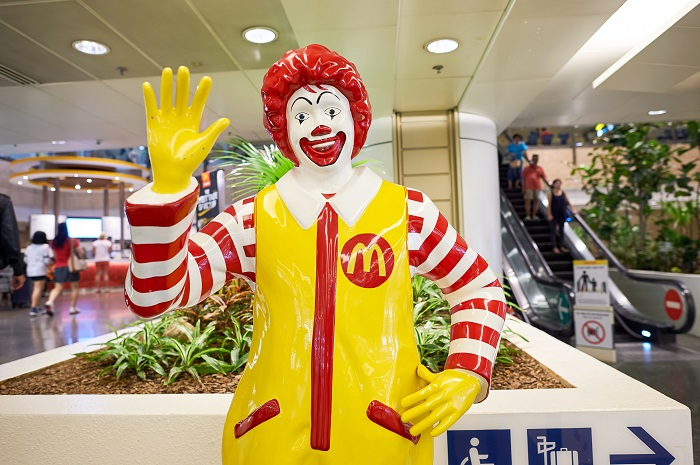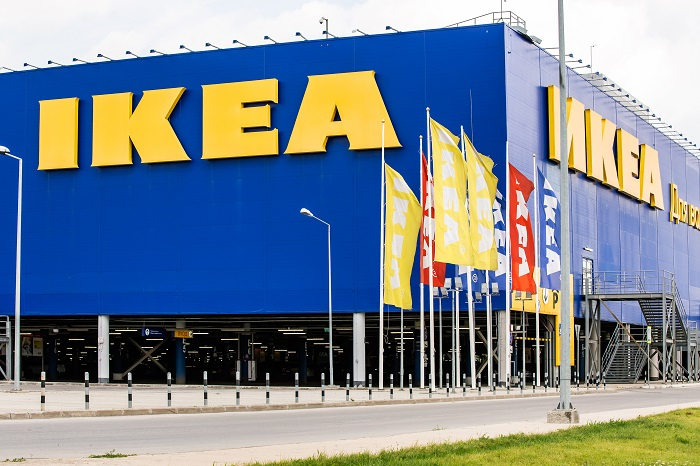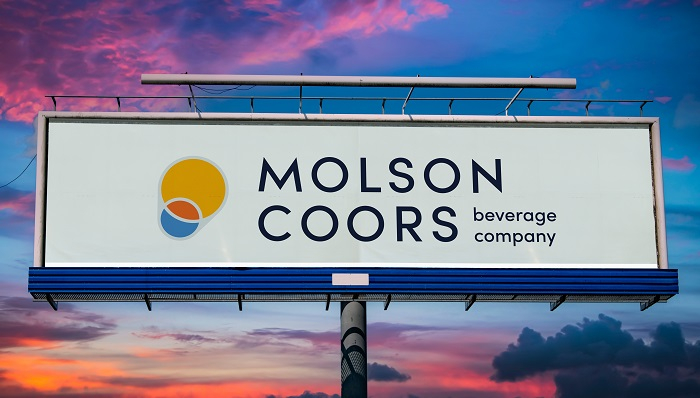
 Data Structure
Data Structure Networking
Networking RDBMS
RDBMS Operating System
Operating System Java
Java MS Excel
MS Excel iOS
iOS HTML
HTML CSS
CSS Android
Android Python
Python C Programming
C Programming C++
C++ C#
C# MongoDB
MongoDB MySQL
MySQL Javascript
Javascript PHP
PHP
- Selected Reading
- UPSC IAS Exams Notes
- Developer's Best Practices
- Questions and Answers
- Effective Resume Writing
- HR Interview Questions
- Computer Glossary
- Who is Who
How Can Companies Target Global Consumers?
Companies are no longer operating and competing in their local market. Now the competition is worldwide. Products from Bangladesh, China, Vietnam, and other countries can be found in our local ration shops. This bulk availability of products from the various corners of the world is because of privatization, liberalization, and globalization policies. Hence, it is very critical for businesses to become global leaders or brands. In this article, we will be understanding global consumers and what the different strategies for targeting global consumers and the global market might be.

Companies like Head and Shoulders of P&G, Loreal Paris, IKEA, Earl Gray, MacDonalds, Subway, Colgate, Gucci, Zara, Shein, Oppo, Vivo, and many others are household brands. Consumers in developing and developed countries, irrespective of their origin and location, are aware of the existence of the product and are using it to some extent as well. This proves that the global prominence of a brand is not only possible but has been a success for many companies. Though there are certain differences that every brand has in terms of ?
Products being offered.
Ingredients of the product.
Packaging of the product.
Advertising strategy and tagline of the product or service being advertised
The legality of the brand and its actions.
Structure of the brand outlet and others.
To suit the needs of the country, its culture, religious beliefs, and others.
Factors that a Brand has to Take into Consideration while Targeting Global Customers
Brands need to adjust their policies, raw materials, advertising and marketing strategies, and others when they enter different market segments. Some of the points that are taken into account are ?
Demographics ? The brand also has to look at the age, gender ratio, income, education level, social status, occupation, family size, and others while entering the different market segments. India is a country known for its demographic window of opportunity, which means that the number of youth or working population is going to be at its peak by the year 2035. On the other hand, China has the highest number of adults among all the other countries in the year 2022.
Geographics ? The brands have to take into consideration the country type, number of cities, density of population, language, climate, and total area. For example ?

Companies cannot use their age-old slogans, brand names, model names, and advertising tactics while entering the global market. It has to tweak and twist itself to suit the environment. For example, Ronald McDonald's has been renamed to Donald McDonald when it entered the Japanese market because the Japanese language does not contain the R sound or brand General Motors had to change the name of their model name, Chery Nova, to "Caribe" because in South America, "nova means it won't go.
A country can be divided into two types of societies. an individualistic society where the focus is on the needs, opinions, and perceptions of "I." A collectivist society is one where the focus is on the needs, opinions, and perceptions of "we." In an individualistic society, consumers will focus on specific information, while in a collectivist society, consumers will rely on the word-of-mouth information spread by their family members and friends. Advertisements will also be created depending upon the same. In a collectivist society, we will see happy, big families using cars, while in an individualistic society, we will see advertisements where successful people are staying alone in well-furnished flats and using expensive cars alone.
Psychographics ? while entering international borders, companies have to take into consideration the lifestyle of individuals, including activity, interest, opinion, concern, personality, value, and attitude. For example,
When companies entered the French market, they observed that people do not believe in storing their food. They buy and have the product at their convenience.
Koreans prefer to eat in peace with their friends and family members rather than on the run, as in the US market.
Indian consumers would not want to waste food, and hence fast food companies came up with portions enough for a single eater, unlike in the US market, where consumers would order big or large sizes even though they would have to throw half of it away.
Behavioral ? This segmentation focuses on the product's benefits, frequency of purchase, occasion, buyer strategy, user strategy, life cycle stage, and product engagement. For example,
We see that in most developing and developed countries, both partners are working for a living, so the consumers demand and consume ready-to-cook meals, and automatic cleaning products are in demand. In countries where women mostly stay at home, like Saudi Arabia, ready-to-cook meals are not preferred.
Korean consumers would purchase once a week and believe in storing the product in their home refrigerator, whereas French consumers believe in purchasing and eating when they need it.
Steps taken by the prominent global brands to adjust themselves to the needs of the country are
McDonald's ? McDonald's is a brand renowned for providing consumers with fast food like burgers, fries, and wraps in minutes at pocket-friendly prices. The company is headquartered in Chicago, Illinois. However, the brand introduced various reforms while entering different countries. When the brand first arrived in India, it replaced all of its beef patties with chicken and paneer patties (raw material change). The company had to do this because of the religious beliefs of the country and the fact that there are many vegetarians in India. When entering Saudi Arabia, because of the tradition and culture of the nation, the brand introduced different sitting areas for men and women (a structural change).

Ikea ? Ikea is a Swedish company known for its diversity, freedom of expression, and acceptability, had to tweak its catalog to cater to the needs of Saudi Arabian customers. In Saudi Arabia, they believe in removing their female counterparts from any sort of media coverage. Hence, Ikea removed all female figures and launched its catalog, especially for the Saudi Arabian market.

Molson Coors ? Molson Coors is an American beer manufacturing company. An interesting observation is that the company introduced more flavors of beer in Canada in a time span of 18 months than it did in a time span of 15 years in America. The reason behind this is the growing popularity of flavored beers among consumers, consumers switching from other spirits to beers for the different flavors, and the consumer's need to try something new.
The article has helped us understand what the different twists and tweaks in terms of psychographics, behavioral needs, demographics, and geography could be done by the companies to successfully target global consumers and the global market segment. Though every consumer's primary need is the same, the company can influence them in different ways. Companies have to adapt to laws, regulations, traditional values, cultural habits, lifestyle changes, buying habits, perceptions, and others to be successful in a particular market. Various examples of prominent brands like McDonald's, Ikea, General Motors, Coca-Cola, Molson Coors, P&G, L'Oréal, and others have only helped us better understand the concept of global consumer targeting.

